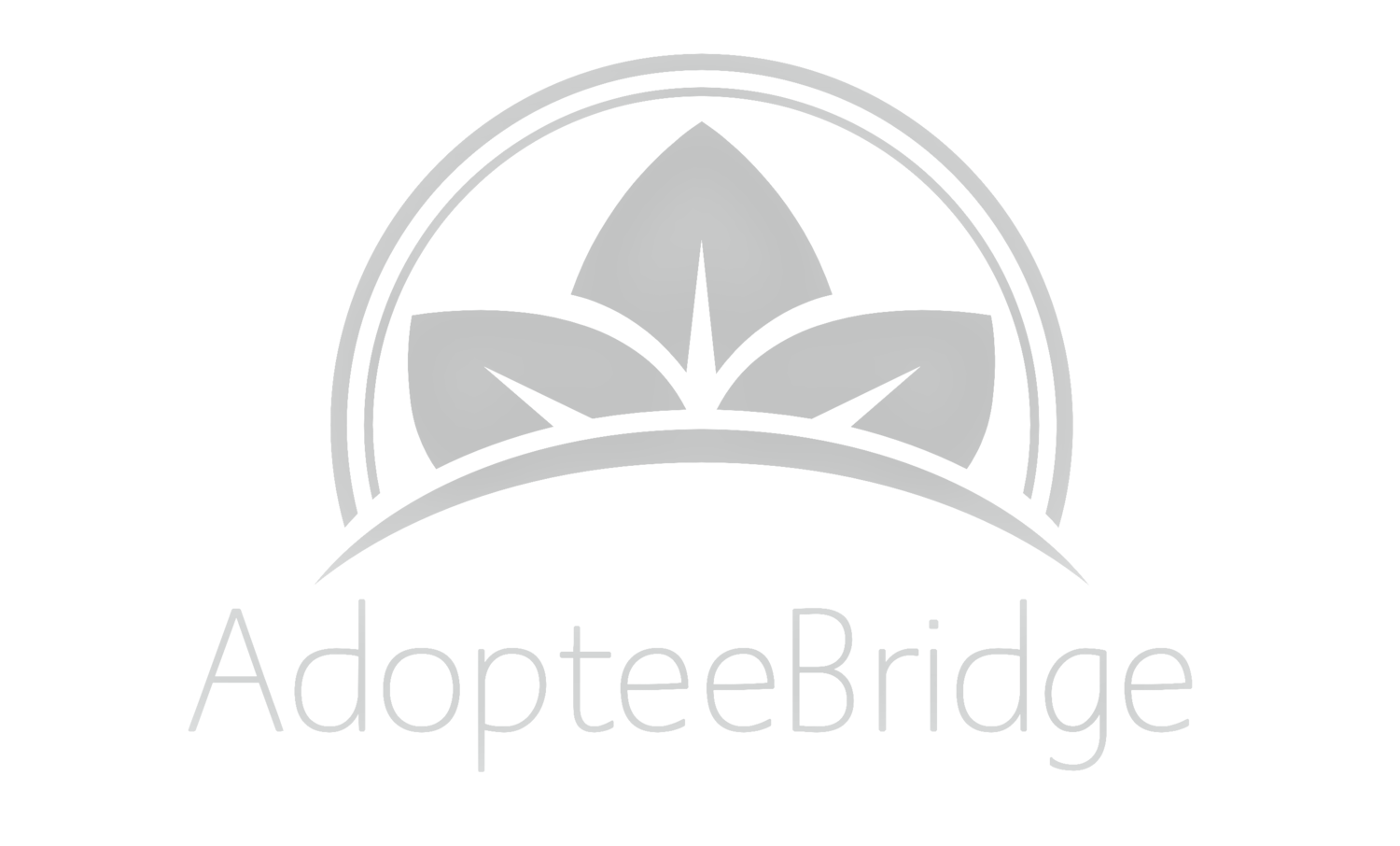Recently, I have read on various social media accounts, or directly from adoptive families, adoptees have faced bullying or incidents in their schools or social lives, due to their race or because they are adopted. This saddens me a great deal…to see any child bullied is painful, but especially adoptees who may be working through various emotions of grief and loss, looking at their identity as an adoptee, the bullying is especially difficult.
According to the 2010 Census, when looking at adoptive families, about a quarter of are transracially adopted. About 30 percent of transracially adopted children are Hispanic, 28 percent are Asian or Pacific Islander, 16 percent are multiracial and 15 percent are black (Pepperdine School of Education & Psychology, 2017).
The topics of race, racism, and discrimination can be difficult, but as part of a transracial family and in this era, it is a conversation adoptive families will and must have. The following are a few articles which discuss talking about race and racism within a family environment:
The Realities of Raising a Kid of a Different Race by Karen Valby—adoptive parent of two daughters
Trauma, Race and Invisibility: The Power of Getting Woke by Melanie Chung Sherman, LCSW-S, CTS, LCPAA, PLLC—Korean adoptee
Empowering Adopted Children of Color in the Face of Racism and Discrimination by Pepperdine Graduate School of Education & Psychology
Some highlights include:
1. “Preschoolers experience prejudice. So you teach younger children the best you can [about racism], in simple language. Lessons can become more elaborate as kids mature.”
2. “Children should deeply understand that racism is not their fault; there’s nothing wrong with them. Try to explain without vilifying others.”
3. “Universalize it—white slavery in Greece, the Jewish experience, the struggle that Hispanics face. It’s not just blacks who have suffered; it’s a problem of how people treat each other. You don’t want children to feel that it’s just their race, or who they are.”
Karen Valby, Time
This process is not meant to be rushed. It requires patience, humility, courage, curiosity and time. There will be plenty of mistakes and offensives made, but the purpose is that you are in the arena to make them. It is about listening more and interjecting less. We all have a choice to move into a more compassionate and robust understanding of one another or retreat into defensiveness and fear. Children of color do not have the option of retreating— and need adults to join them on the frontlines. It is my hope that you welcome the process of getting woke, stay the course, and experience the tremendous opportunity that can lie ahead for all involved. What I learned is that there was no right or wrong way to do this. It would be messy and complicated — and along the way, there have been incredible mentors and supports who have guided me. The only mistake is not starting the journey — and relentlessly seeking insight and self-awareness.
Here are some considerations as you start the process:
- Become aware of your own personal biases. We all have them. Acknowledge them because when they come up again, you will be aware of them — and can do something constructive. (i.e. rather than averting eye contact with a someone different, you engage in eye contact the next time).
- Research the historical backdrops of race relations in the United States. I strongly recommend reading materials written by people of color.
- Read fiction and non-fiction works by people of color. Support writers of color.
- Read and collect books that positively portray children of color. Read these together with your child.
- Learn the difference between appropriation or co-opting experiences related to people of color.
- Read transracial adoption works, particularly ones authored by adoptees of color.
- Research movements related to social justice and social movements from their sites directly.
- Learn about sensitive (in-group and out-group) terminology related to marginalized groups
- Get involved within your community. Seek out workshops and conferences related to racial diversity and trainings.
- Intentionally involve yourself within your child’s racial and ethnic community to better integrate mirrors and mentors for you and your child.
- Talk with your child (at an appropriate level) about what you learn. Discuss national and international events as it relates to race and intersectionality with your child. Help them gain understanding and words related to these events. Words are empowering — and help them better define an experience so they can advocate and speak up for themselves, too.
- Be prepared to move through the stages of grief — denial, bargaining, anger, acceptance and grief. This awakening may create many conflictual feelings and will challenge what you thought you knew — that you didn’t quite know.
Melanie Chung Sherman, The Donaldson Adoption Institute
Create a space for them to talk openly and honestly about the incident. Educate your children about the history of race in this country, and be honest about why these incidents occur. Having honest interactions gives children the vocabulary to discuss these incidents and makes them feel comfortable sharing their experiences in the future.
Make certain that your child feels safe. When something is scary for a child or makes them feel vulnerable or attacked, they turn to their parents for safety. Remind them that you love them unconditionally. Emphasize that you will do everything in your power to fight for your child, not just in your household but also among your extended family, in your neighborhood, in your school, etc.
Affirm what they are feeling. Provide support and validation for their feelings. Enter the discussion from a place of belief, and acknowledge that racism or discrimination is not right. Try your best to empathize with your child’s feelings of pain while also being aware of the fact that you have a different lived experience and will feel the incident differently.
Pepperdine Graduate School of Education & Psychology
We hope these articles and tips help your family have the important and much needed conversations about race and racial diversity. We know these conversations can be difficult, but feel free to reach out to AdopteeBridge for support or further resources!
To adoptees and adoptive families--please know, you are not alone!
Edited 3/10/2018:
The following is an article from AdoptiveFamilies and is a helpful age-by-age guide to discuss race from ages 0-10.
"Remember that, as the years go by, your children’s identity formation will increasingly become a personal journey. By setting clear boundaries with strangers and extended family members, by building strong connections in a mixed-heritage and transracial adoptee community, by providing relationships with role models of color, and by being honest and forthcoming about your own feelings about race and racism, you will give your children the tools and confidence to navigate the discovery of their identities" (AdoptiveFamilies)











